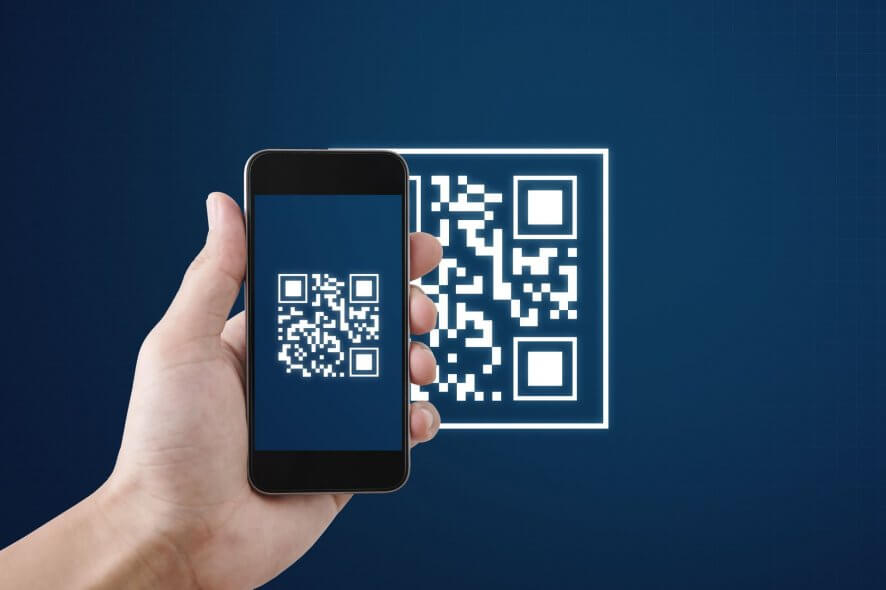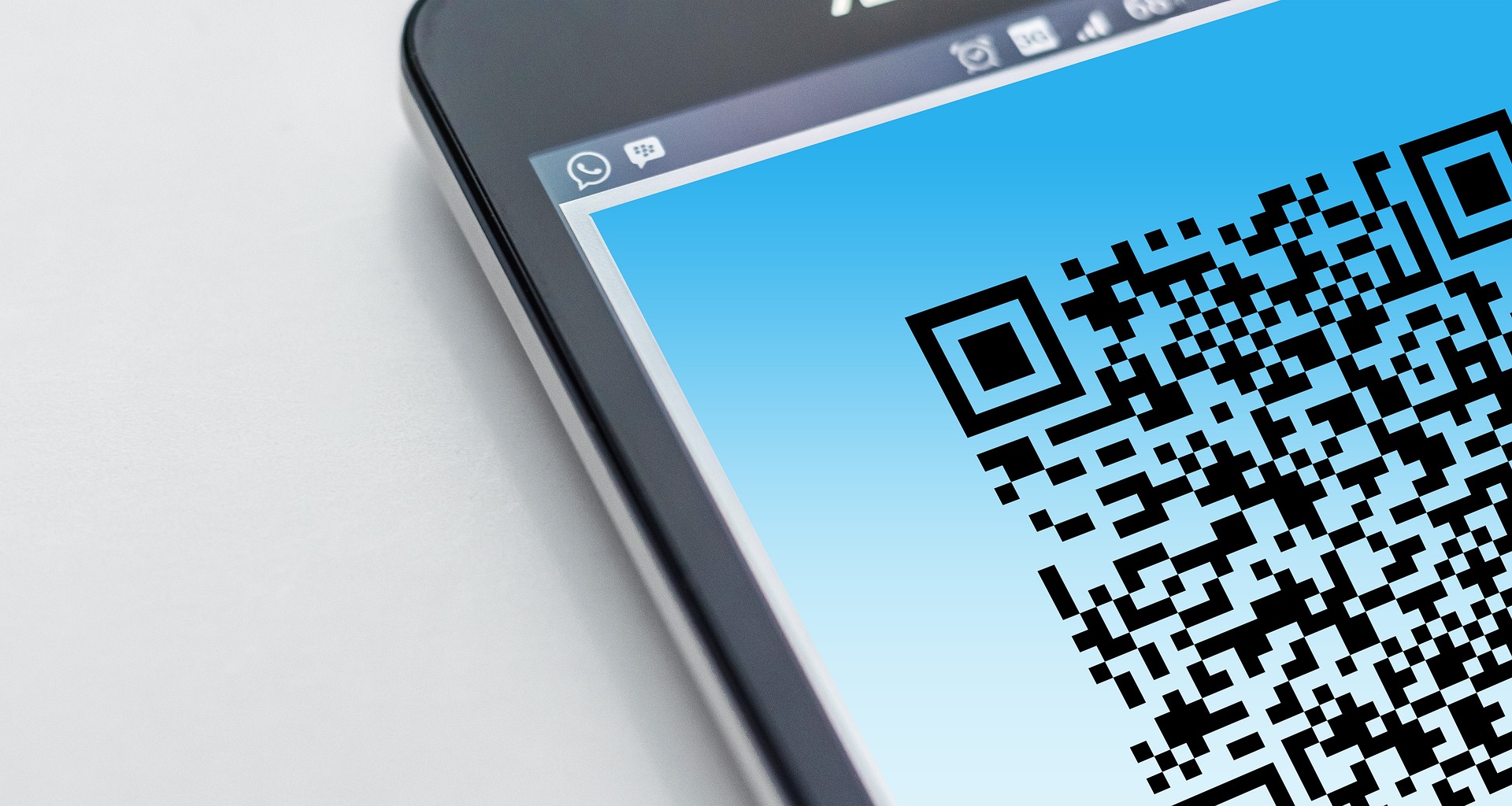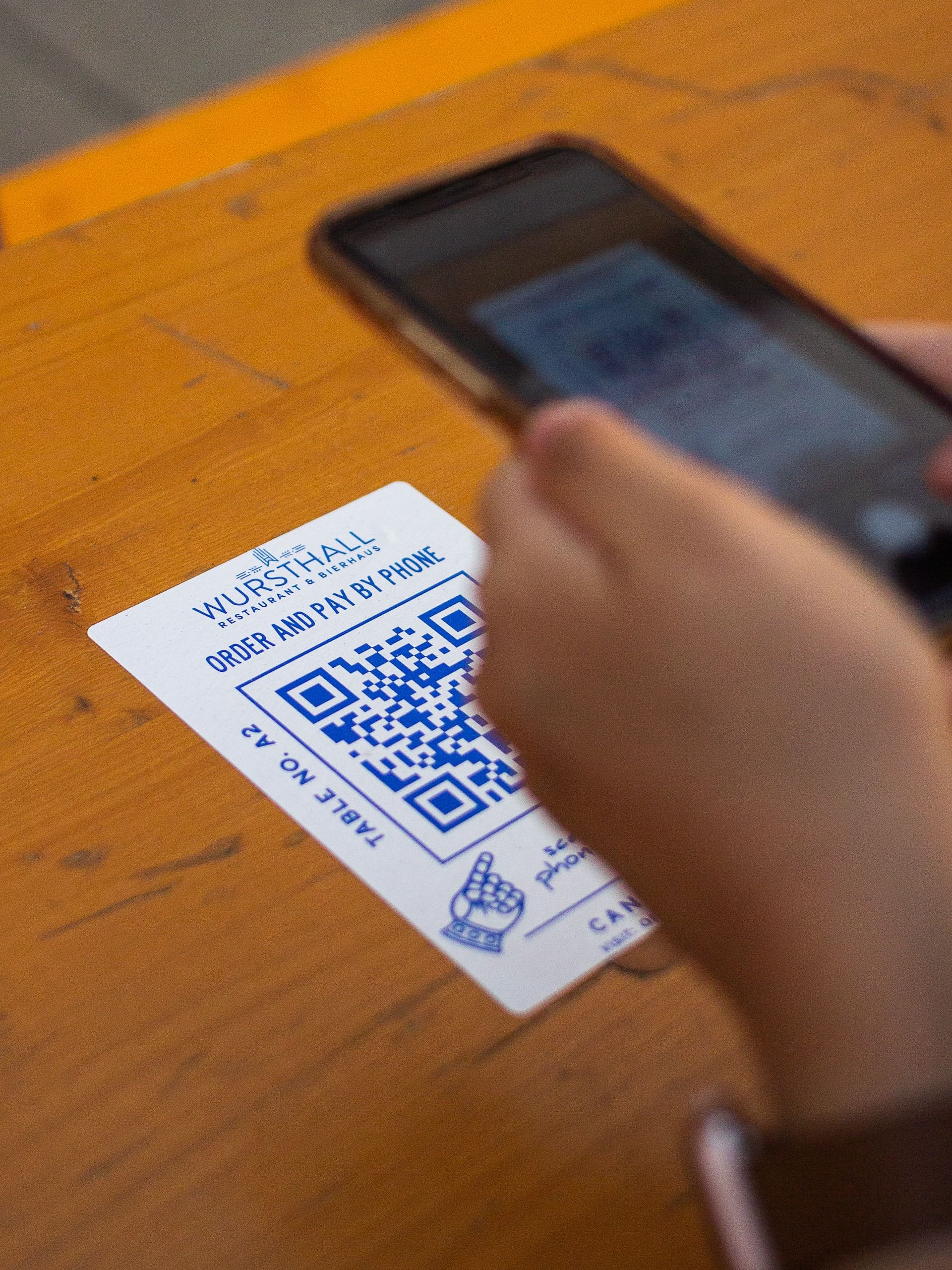What is a QR Code and How to Use it? All You Need to Know
QR Codes are the future of payment and advertising!
4 min. read
Updated on
Read our disclosure page to find out how can you help Windows Report sustain the editorial team. Read more
Key notes
- QR codes are matrix codes that can store more information when compared to bar codes.
- These are two-dimensional, unlike a barcode which is one-dimensional.
- A QR code can be scanned with a smartphone and is primarily used for sharing information and making payments.

In recent years, we have seen an increasing number of QR codes. You probably saw these at least once, since QR codes are now one of the simplest ways to share information. So today, we’re going to explain to you what is a QR code and how it works.
Be it the history of QR codes, their generation, or their working mechanism, it’s all vital from a technical standpoint. So, let’s get right to it!
What is a QR code?
QR code stands for Quick Response Code, and it’s a matrix barcode similar to Universal Product Code. Unlike Universal Product Codes that you see on almost any product, these are used for different purposes. QR codes can store more information, and this is one of the main reasons for their popularity.
QR code was invented in 1994 in Japan, and it was used to track vehicles during the manufacturing process. These are simple to use, and since they can store large amounts of data, it’s no surprise to see that QR codes have become a part of everyday life.
How does a QR code contain information?
Regular barcodes are one-dimensional. Thus, they cannot store as much information as a two-dimensional barcode such as a QR code. Speaking of information, QR codes can store about 4,000 alphanumeric characters, which is quite impressive.
Unlike old barcodes that were scanned by a narrow beam of light, QR codes are scanned by the image sensor, and they are decrypted by a programmed processor.
After detecting the QR code, the processor scans the image and the position of the dots and converts them to binary numbers.
To scan one, you don’t need any expensive sensor since any smartphone with a camera can be used to scan and see the information stored inside.
What are QR codes used for?
Since almost any smartphone can scan a QR code, it’s no wonder that these are often used in advertising. These codes can store any text, such as a phone number, email address, or website.
Most commonly, QR codes are used to provide quick access to certain websites or apps. So, for example, by scanning a certain product that has the code on it, you can visit the manufacturer’s website and find more information regarding this product.
In the present day, QR codes can be used for quick online payments. They store the details for the user, and when another person scans the code, it automatically redirects them to the transfer page.
In addition, QR codes can be used to authenticate certain devices or website logins, and in fact, Microsoft included QR codes on Blue Screen of Death errors in Windows 10 in order to show you more information regarding certain errors quickly.
Some restaurants and cafes have, of late, replaced the physical menu with a digital one, accessible via a QR code. So, you sit at the table, take the phone out, scan the code, and order your favorite food. It’s simpler and more convenient!
Possibilities are endless, and this is why QR codes have become so popular!
As we previously mentioned, to scan a certain code, you just need a smartphone with a rear camera and a dedicated application that can decrypt it.
A wide range of applications are available for all mobile platforms that allow you to scan codes, so be sure to download one of these applications.
How can I create my QR code?
If you want to create your own QR code, you can do that easily for free. There are many QR code generators, and you can use any of them to generate your QR code quickly. Some of these are downloadable software, while others are web apps.
After you generate your code, you can share it with others or print it on a sheet of paper. Stick it somewhere, and others can scan it. Some users also create QR codes to share Wi-Fi passwords.
Say, someone asks you for the password. Instead of telling it to them verbally, you can present the code that stores the Wi-Fi password. It’s now a built-in functionality on many mobile phones.
QR codes are one of the simplest ways to store data on a small surface, and the possibilities are endless. It’s certain that we’ll see more of these in the future, and we hope that you understand QR codes a bit better after having spent a few minutes with us.
Before you leave, find out more about the Chrome QR code generator, and use it to quickly create one from the comfort of your browser.
For any queries or to share your feedback on the article, drop a comment below.











User forum
0 messages